LPS Ultimate Rodent Control is your complete solution for lasting protection. Our expert team uses advanced inspection, removal, and prevention methods to eliminate rodents and keep them from coming back—safely, effectively, and with minimal disruption to your environment.
Rodents can cause costly damage and health risks—so don’t wait until it’s too late. With Lonestar Pest Solutions’ Ultimate Rodent Control, you get expert inspection, safe removal, and long-term prevention tailored to your property. Protect your space and your peace of mind with Lonestar—your trusted local solution.
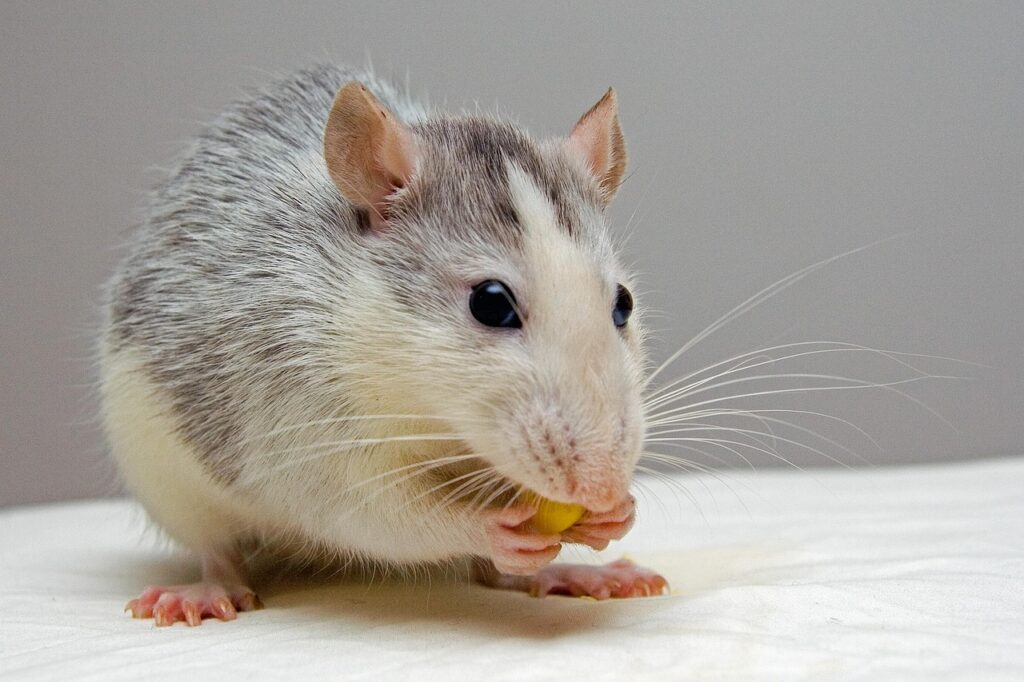
Different rodent species require specific solutions. Here are some of the common types we often find in our surroundings.
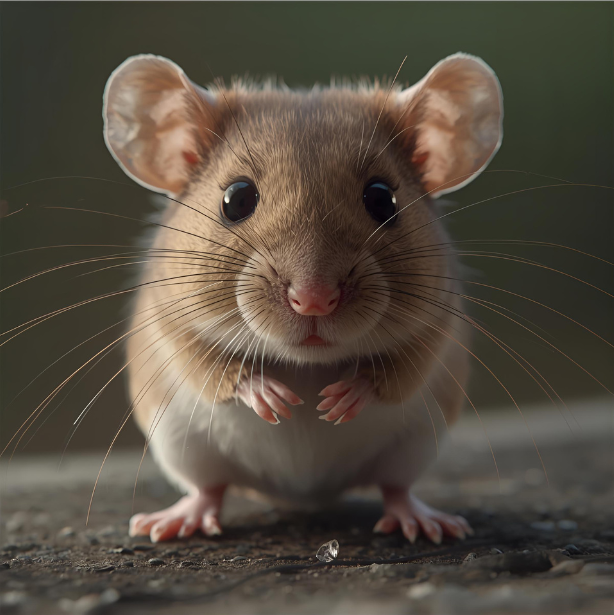
Small, fast, and able to squeeze through tiny openings, house mice are among the most common indoor pests. They often nest close to food sources and multiply quickly, making early detection important.
Size, Color: About 2½–4 inches long; gray or light brown with a long, nearly hairless tail.
Identifying Characteristics: Small ears, pointed snout, and droppings shaped like tiny rods.
Where does it nest/hide? Inside walls, cabinets, storage boxes, and behind appliances.
When does it typically reproduce? Year-round indoors; females can produce up to 10 litters per year.
What is it attracted to? Food crumbs, pet feed, and nesting materials like paper or insulation.
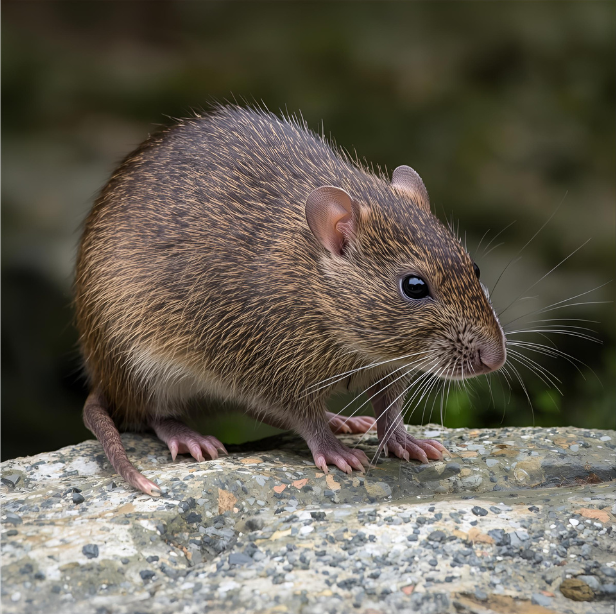
Stocky and powerful, Norway rats are burrowers that live at ground level, in basements, or near foundations. They are known to gnaw through wood, wires, and even concrete, causing serious property damage.
Size, Color: Body 7–9½ inches long; brown or gray with a blunt nose and short tail.
Identifying Characteristics: Large size, small ears, and coarse fur; tail shorter than the body.
Where does it nest/hide? Ground burrows, basements, crawl spaces, and under debris or concrete slabs.
When does it typically reproduce? Spring and fall most active; can breed year-round indoors.
What is it attracted to? Food waste, garbage, pet food, and cluttered storage areas.
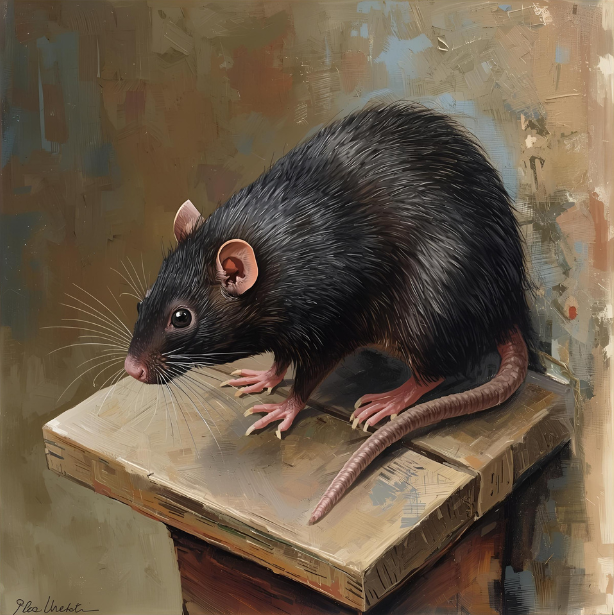
Slim-bodied and excellent climbers, roof rats prefer higher places like attics, trees, and rafters. They contaminate food and nesting areas and are often more cautious and harder to catch than other rodents.
Size, Color: Body 6–8 inches long; black or dark brown with a long, scaly tail longer than the body.
Identifying Characteristics: Pointed snout, large ears, and sleek body built for climbing.
Where does it nest/hide? Attics, rafters, trees, and high shelving.
When does it typically reproduce? Year-round in warm climates; litters average 6–8 pups.
What is it attracted to? Fruit, nuts, grains, and secluded elevated nesting spots.
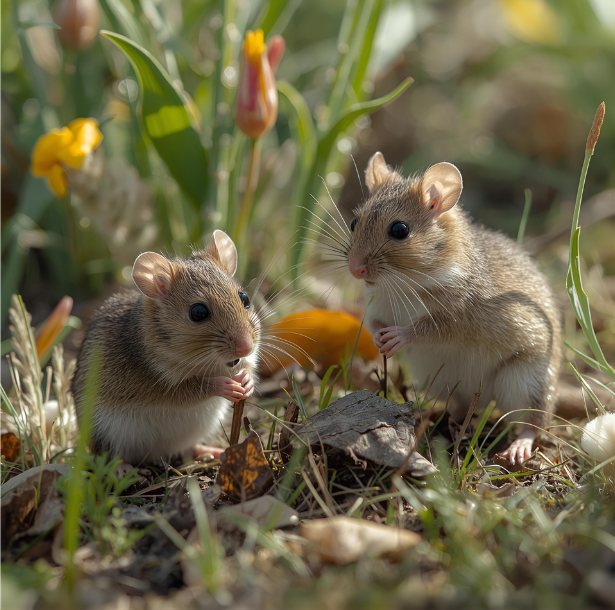
Typically found in rural areas, fields, or wooded properties, these mice are small but can carry dangerous diseases such as hantavirus. They often enter sheds, cabins, or garages when seeking shelter.
Size, Color: 2½–4 inches long; brown with white bellies and large eyes.
Identifying Characteristics: Bicolor fur and longer tails than house mice.
Where does it nest/hide? Garages, sheds, cabins, and stored materials near fields or woods.
When does it typically reproduce? Spring through fall; peak breeding in warmer months.
What is it attracted to? Seeds, grains, and soft nesting materials in sheltered spaces.
Our rodent control service is designed to eliminate infestations and prevent them from returning. Through thorough inspections, effective treatment methods, and ongoing monitoring, we ensure your home or business is safeguarded against rodents, protecting both your health and property from the risks they bring.
We thoroughly inspect your property to identify signs of rodent activity, locate entry points and nesting areas, and assess the level of infestation.
Using safe and effective methods, we address rodents at their source, ensuring long-lasting protection while keeping your environment safe.
After treatment, we monitor activity, offer preventive guidance, and make adjustments when necessary to keep your space rodent-free.
Lorem ipsum dolor sit amet, mea ei viderer probatus consequuntur, sonet vocibus lobortis has ad. Eos erant indoctum an, dictas invidunt est ex, et sea consulatu torquatos. Nostro aperiam petentium eu nam, mel debet urbanitas ad, idque complectitur eu quo. An sea autem dolore dolores.
Rodents move indoors seeking warmth and shelter as temperatures drop.
Increased activity in attics, basements, and wall voids as they build nests.
Entry through small cracks, vents, and gaps around the foundation.
Greater risk of property damage from gnawing and contamination of stored food.
Our comprehensive pest inspection and prevention program focuses on early detection and elimination of conditions that attract unwanted pests. Through ongoing monitoring and tailored maintenance, we help ensure a safe, pest-free environment for your facilities year-round.
A proactive rodent management program reduces costly damage, contamination, and emergency callouts often associated with reactive treatments. By addressing potential issues early, LONESTAR Pest Solutions helps protect both your facilities and your budget through consistent, preventive care.
Our hassle-free scheduling and routine visits allow your team to stay focused on daily operations while we handle pest prevention behind the scenes. With reliable service you can count on, LONESTAR Pest Solutions ensures your facilities remain protected—without interruption or added effort on your part.
From effective elimination to long-term prevention, we provide more than just products — we provide peace of mind. Our professional-grade solutions are designed to target pests quickly and efficiently, while our certified experts are here to guide you every step of the way. With personalized guidance and the assurance of high-quality standards, you’ll have the confidence to take back control of your environment.
Great customer service with Team Theresa at the front desk & Cameron, my technician. They are a joy to work with. Theresa consistently like clock work schedules my appointments quarterly & timely. Cameron has done an incredible job going above & beyond maintaining my grandson’s sandbox outside – ant free! It is a such a relief. Never mind his meticulously attention to detail inside my home is much appreciated. Both Theresa & Cameron are a valuable asset to Lone Star Pest. Call them!
— Susie Gold
Lonestar does our quarterly pest control and we had to call for re-spray of our kitchen due to these 100 plus degree temperature days. They sent Eddie over right away and he was so helpful telling me to pick up dog food every day, plug drains daily, use vinegar solution for drains, and make sure they always spray an area of the custom cabinets that has a gap between the cabinets and wall. He was the best! Really educated me and was so patient and even funny as I stared wide eyed over his knowledge of all things cockroaches.
— Carolyn Wafford
Have used Lonestar for years for normal treatments inside and outside, but just recently used them for mosquito control prior to an outdoor graduation pool party. EXCELLENT RESULTS AND PHENOMENAL SERVICE! We had them do a general area fogging and then leave-behind portable remote controlled area “mister” — we haven’t seen a mosquito in two weeks!
— John Seamon
We have used Richard’s team for years. Recently we learned our neighbor’s had termites. We contacted Lone Star to learn about our options. The solution provided was better than solutions our neighbors suggested. In fact, we learned of several pitfalls that our neighbors might encounter (beyond higher cost over the long term).
— Timothy Smith